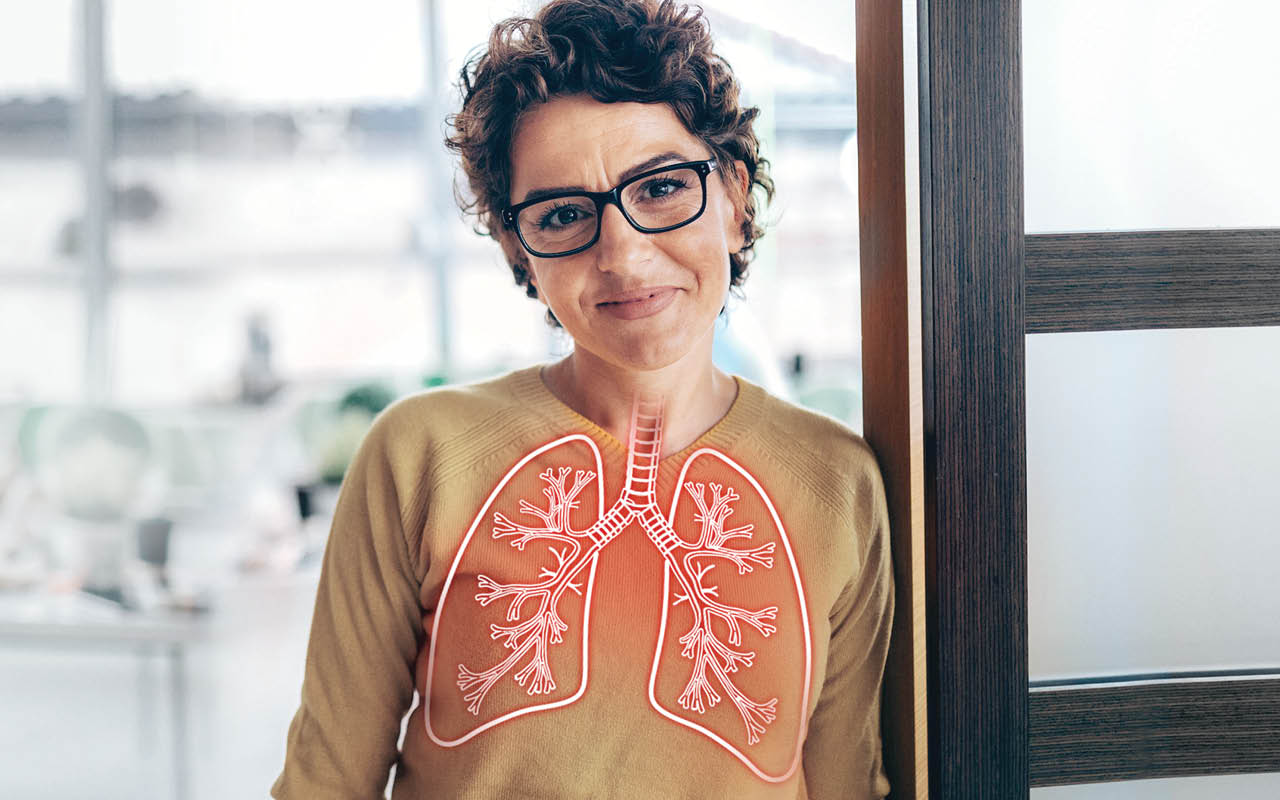A study reported by the ACS shows that women between the ages of 30 and 49 are being diagnosed with lung cancer at higher rates than men of the same age. The reason behind the rise is unclear.
 “Most lung cancers relate to a history of smoking,” says John Heim, MD, Chair of the Department of Surgery at Penn Medicine Princeton Health, “and for many years smoking was more of a male phenomenon. That has changed over the years, so it is possible that could play a part in those findings.”
“Most lung cancers relate to a history of smoking,” says John Heim, MD, Chair of the Department of Surgery at Penn Medicine Princeton Health, “and for many years smoking was more of a male phenomenon. That has changed over the years, so it is possible that could play a part in those findings.”
Women in their 50s and 60s who have never smoked also exhibit a distinct form of lung cancer that is being seen more frequently and presents itself as a cloudiness in the lungs rather than a distinct tumor. Usually, this is found during an unrelated test, for example, an artery calcium test where imaging is done around the lungs, or a chest x-ray.
“There are no specific guidelines for who is at risk for this condition, although women who have had breast cancer do have a higher incidence of it,” says Dr. Heim, who is board certified in general and thoracic surgery. “Genetics may also play a part if there is a family history.”
If a small nodule or area of cloudiness is found on a CT scan and is determined to not be cancerous, treatment generally involves regular surveillance to ensure there are no changes in the patient’s condition. Cancerous or larger areas of cloudiness or nodules are surgically removed and may require radiation or chemotherapy.
Should You Be Tested?
Both women and men who experience any of the signs of advanced lung cancer, including prolonged coughing, shortness of breath, chest pain, coughing up even a trace amount of blood, headache and hoarseness, should promptly have a diagnostic CT scan. Individuals who are at risk of developing lung cancer should also be tested with a low-dose/CT lung screen on an annual basis until around the age of 80. Those at risk include smokers or former smokers age 50 or older, with a 20 pack-year smoking history (i.e., one pack a day for 20 years or two packs a day for 10 years).
“Testing is generally covered by insurance and is extremely important,” says Dr. Heim. “Early detection and treatment are key when it comes to successfully treating lung cancer.”

